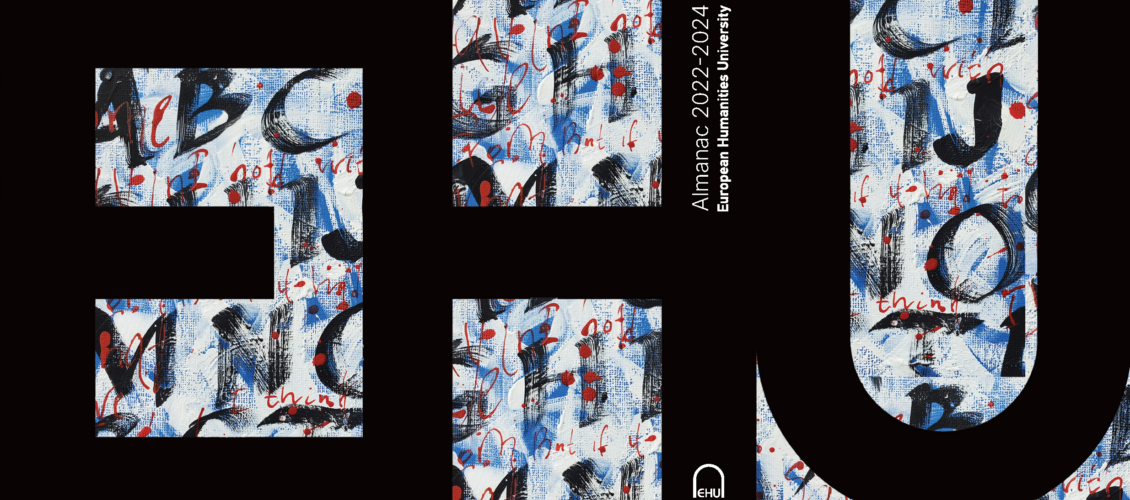Borisas Dmitrijevas, instructor of the Editorial Design course and curator of the project, shared that the idea for the almanac originally emerged during hands-on sessions with students. “We wanted to create a space where we could showcase our students’ work, highlighting their professional growth through their graduation projects. We were also inspired by previous attempts to publish such collections, even though some of them never made it to print,” he explained.
The almanac features student projects across three specializations, with contributions from everyone involved—from students designing layouts to faculty members supporting the initiative and assisting with the technical execution. “It was a real challenge to compile 160 pages while maintaining a cohesive presentation of the content. The entire process was carried out remotely, which made it even more difficult. But that makes it all the more gratifying that the final almanac turned out to be both comprehensive and high-quality,” said Borisas Dmitrijevas.
For many students, this project became their first serious experience in publishing—from developing layouts and typesetting to working with printing houses. The almanac has been published in a limited edition with an assigned ISBN number. It has generated significant interest within the university community, and the team plans to continue the project, including the creation of an online version accessible to a global audience.
“We hope this project will establish a tradition of publishing almanacs that highlight the work of students and faculty. Each edition will showcase a new generation of designers and their achievements, while the almanac itself will serve as a source of inspiration for future students,” Borisas Dmitrijevas concluded.
The project has already gained recognition within the university, and its significance extends far beyond the educational process. This almanac is not just a collection of works—it is a symbol of how students’ professional knowledge and creativity can be brought together in a truly unique publication.
